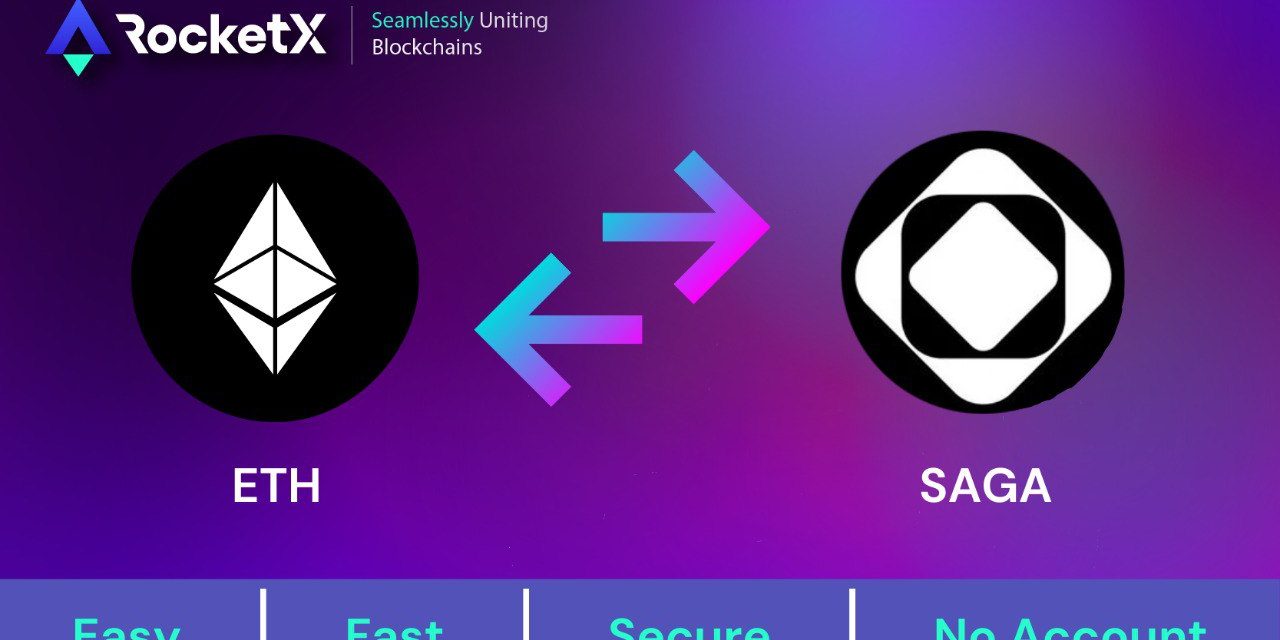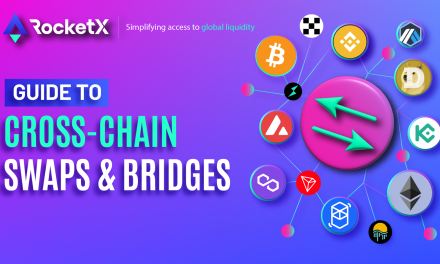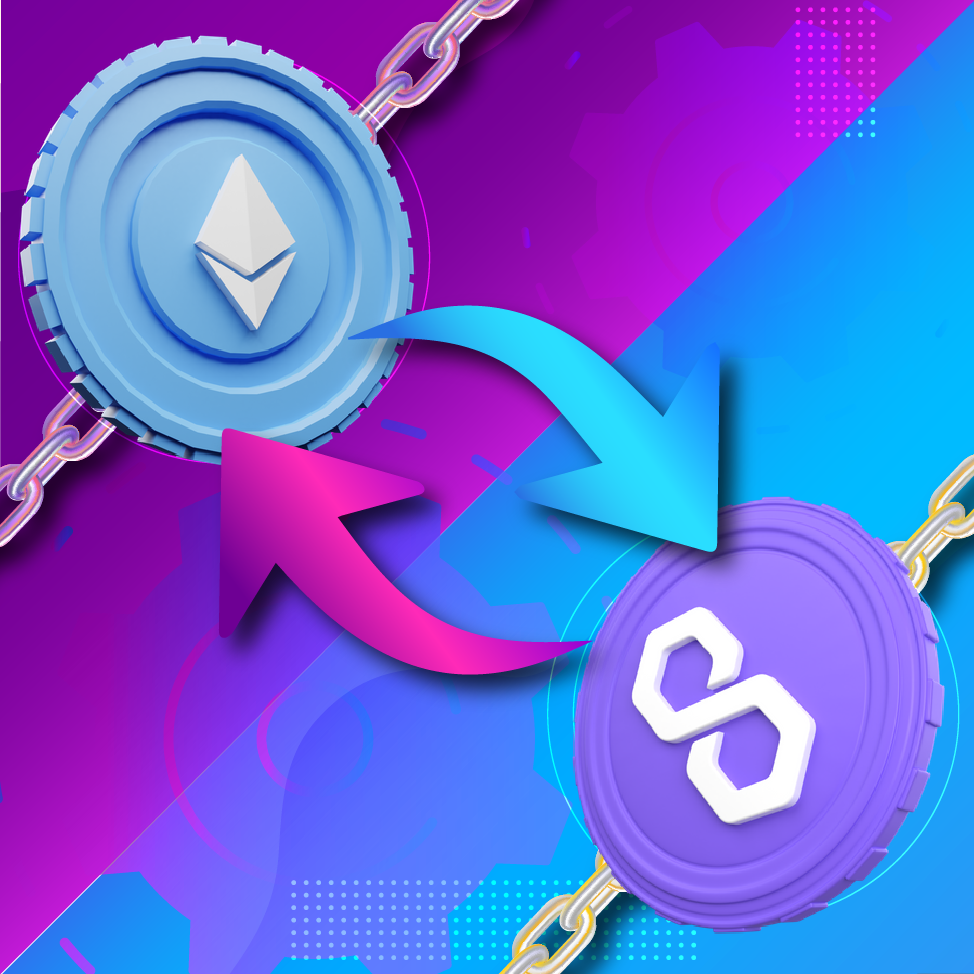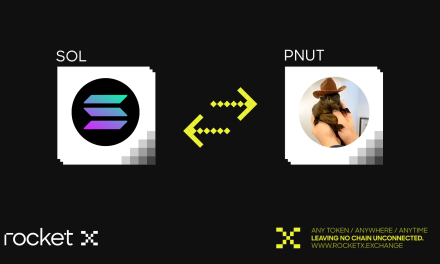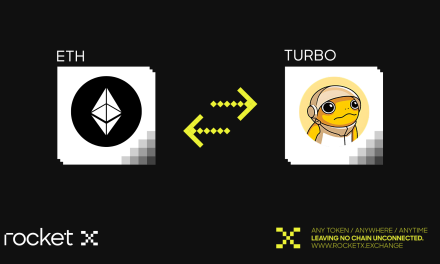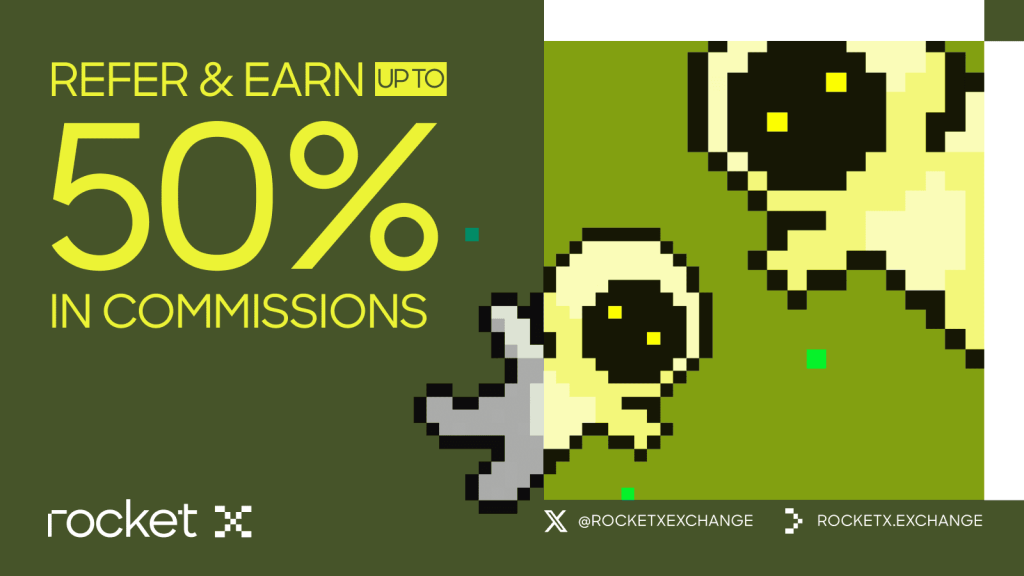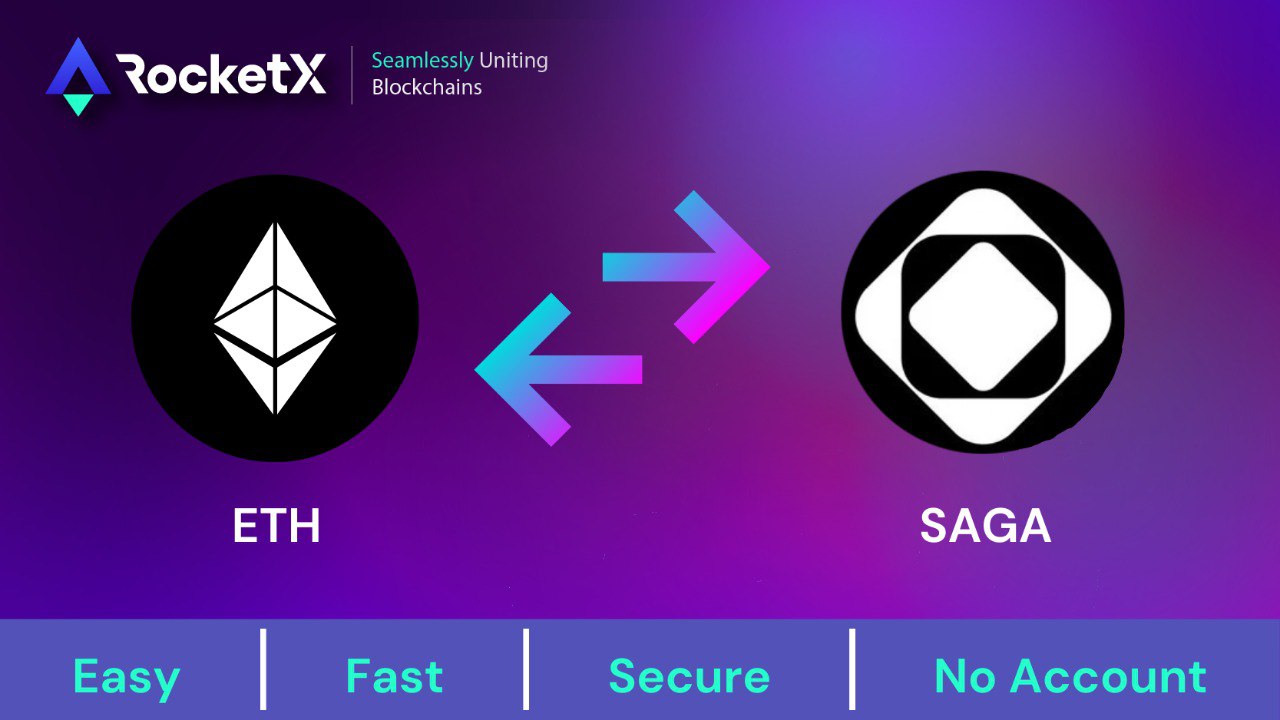
What is Saga Blockchain?
Saga is a Layer 1 blockchain platform that offers developers tools to create customized, parallelized, and interoperable appchains—dedicated blockchains optimized for specific applications. This unique architecture enables infinite horizontal scaling, allowing Saga to expand by adding more parallel chains without sacrificing performance or significantly increasing costs.
This Blockchain was founded by industry veterans Rebecca Liao (CEO), Jin Kwon (CSO), and Jacob McDorman (CTO). The project aims to foster innovation by offering a flexible and scalable environment for Web3 developers.
Key Features
- Infinite Horizontal Scaling: Unlike traditional single-chain blockchains, Saga allows developers to build their own Layer 1 app chains. This reduces congestion and ensures consistent high performance as more projects join the network, offering seamless scalability.
- Developer-Friendly Appchain Portal: Saga’s platform is intuitive, enabling developers to deploy app chains tailored to their specific use cases, such as decentralized exchanges or lending platforms. This flexibility empowers creators to customize their chains according to their applications’ unique needs.
- High Performance and Low Fees: Each appchain on this blockchain has dedicated block space, minimizing competition for network resources. This setup results in lower and more predictable transaction fees, giving developers the option to use their own tokens or other tokens for transactions.
- Interoperability: It facilitates fast and easy asset transfers between different chains within its ecosystem, enabling applications to interact and share data effortlessly.
- End-to-End Developer Support: With SagaOS, the platform provides a fully integrated development stack, streamlining the entire Web3 development process—from concept to deployment. Developers no longer need to juggle disconnected tools to create Web3 applications.
How Saga Blockchain Works
Saga empowers developers to deploy specialized appchains, known as Chainlets. These are dedicated blockchains optimized for specific applications. Developers can upload their smart contract binaries to the Mainnet, and validators will automatically set up the corresponding Chainlet. Each Chainlet operates independently, offering developers flexibility, predictable fees, and a choice of virtual machines (VMs) such as EVM, SolanaVM, or MoveVM.
Saga’s Chainlets are secured using Cosmos Interchain Security (ICS), eliminating the need for separate validators or staking tokens. Saga’s validators ensure uptime, relayer operations, and correct validation. Penalties for breaching service-level agreements (SLAs) are applied through Inter Blockchain Communication (IBC), deducting staked SAGA tokens from non-compliant validators.
Saga’s scalability is further enhanced through its horizontal scaling capabilities. Developers can deploy multiple Chainlets for different processes, significantly boosting performance as demand grows. For example, a decentralized finance (DeFi) application could shard its operations across multiple Chainlets, each handling a different asset pair.
Saga Token: Tokenomics, Use Cases, and Future Potential
- Tokenomics: The token launched on April 9, alongside the Saga mainnet. The total supply is capped at 1 billion tokens, with 90 million (9%) initially in circulation. Token allocation includes 30% for ecosystem growth, 20% for investors, and 20% for core contributors. The remaining tokens were distributed through airdrops and the Binance launch pool. The network targets 7% annual inflation to maintain balanced supply growth and ecosystem sustainability.
- Use Cases:
- Chainlet Provisioning: Developers use the tokens to deploy and maintain their custom appchains (Chainlets).
- Transaction Fees: Developers can customize their fee structures, collecting fees in SAGA or other tokens directly.
- Governance and Staking: This tokens play a crucial role in governance decisions and staking rewards, giving holders a voice in the platform’s evolution.
- Future Potential: The platform’s unique fee model, combined with its flexibility and scalability, positions it as a promising solution for various sectors, including gaming and DeFi. As more developers adopt it for scalable blockchain solutions, the demand for its token is expected to increase, making it a valuable asset in the Web3 ecosystem.
How to Bridge to Saga Network from Ethereum Network
If you’re looking to bridge ETH to the Saga Network, RocketX Exchange offers a seamless process. Here’s a step-by-step guide:
- Access RocketX Exchange and Connect Your Wallet: Visit the RocketX website and connect your Ethereum wallet, such as MetaMask, Rabby, or OKX.
- Select Source and Destination Chains and Assets: In the bridge interface, choose Ethereum as the source chain and Saga as the destination. Select ETH as the asset you wish to bridge.
- Enter the Amount: Specify the amount of ETH to bridge. RocketX will display the equivalent amount of Saga tokens, including any fees.
- Approve and Confirm the Transaction: Review the transaction details, approve by clicking on “Cross Chain Swap,” and confirm the transaction in your wallet.
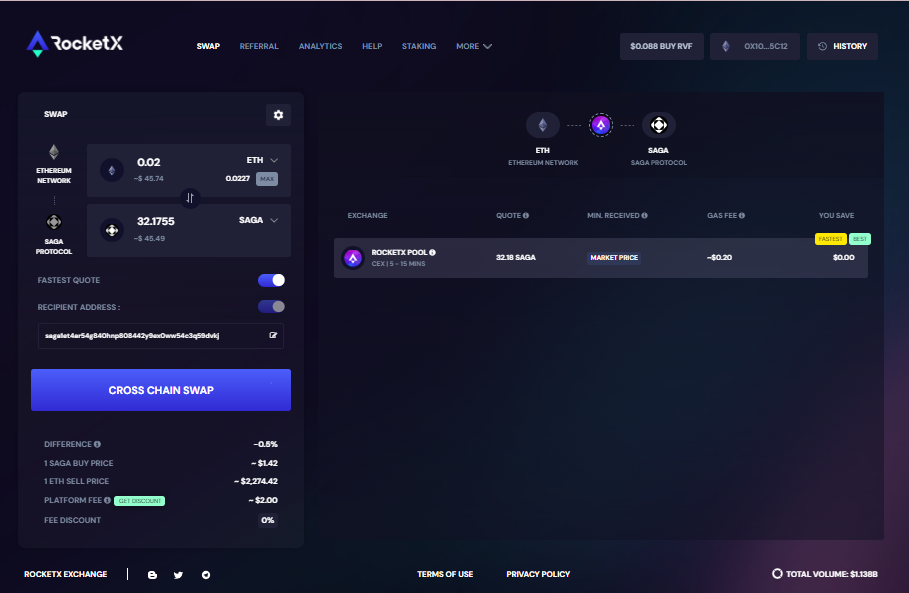
5. Complete the Bridging Process: The bridging process may take a few minutes depending on network conditions. You will receive a confirmation once the ETH has successfully bridged to the Saga network. After completing the transaction, check your wallet to confirm receipt. You can now use your tokens for various applications, including appchain deployment and DeFi participation.
Top Wallets to Manage and Store Tokens
- Keplr Wallet: A top choice for managing Cosmos-based blockchains, Keplr offers staking, governance, and dApp integration. It’s available as both a browser extension and a mobile app.
- Cosmostation Wallet: Known for its strong security and ease of use, Cosmostation allows Saga token holders to manage their tokens, stake, and interact with dApps. It’s available on both mobile and browser extensions.
- Leap Wallet: This emerging wallet supports multiple Cosmos-based chains, including Saga. It offers a fast and user-friendly experience, especially for managing SAGA tokens.

